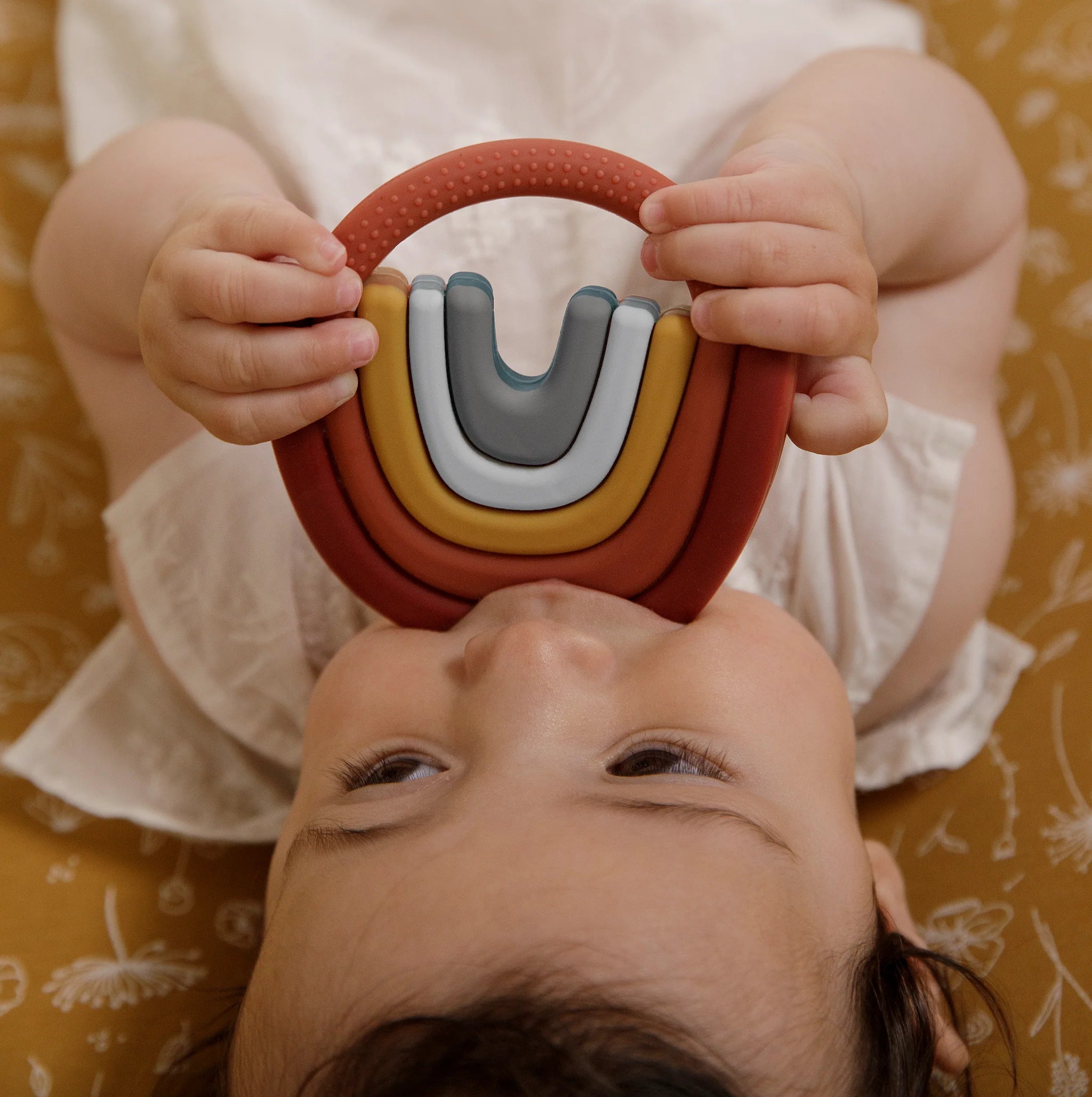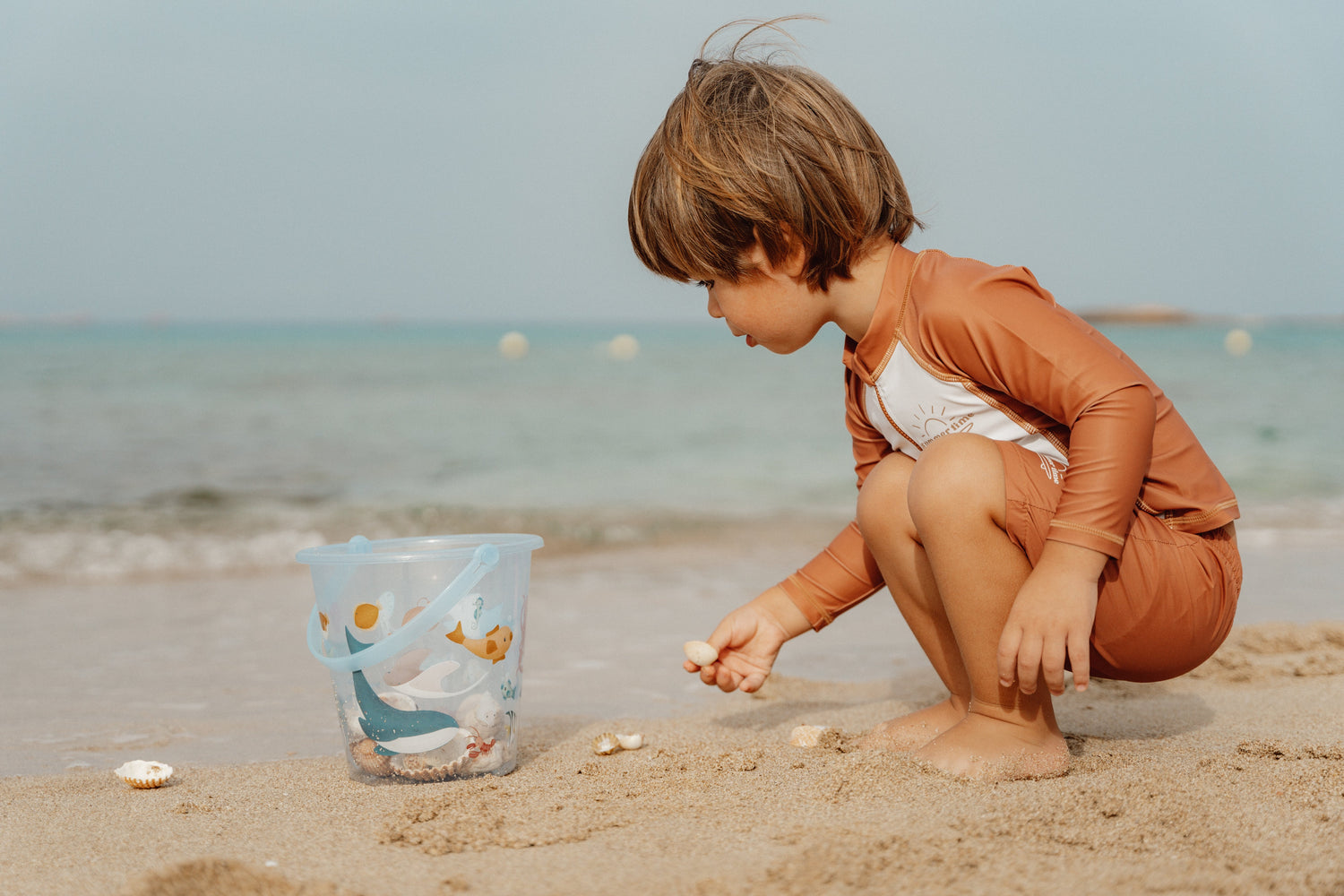Play is the cornerstone of a child's growth and development. It's a universal language that transcends cultural and geographical boundaries, and it evolves through various stages as children grow. In this blog, we'll explore the six stages of play and delve into the benefits of incorporating wooden toys in each stage to foster creativity, learning, and development.
Stage 1: Unoccupied Play
Unoccupied play is the first stage of a child's play journey, typically observed in infants. During this stage, children seem to engage in random movements and behaviors, often characterized by exploratory actions with their own bodies and surroundings. Wooden toys play a crucial role in this stage by providing simple, tactile objects that babies can grasp, feel, and mouth safely. Wooden rattles, teething rings, and round-ended toys help infants develop their fine motor skills and sensory perception.
Stage 2: Solitary Play
Solitary play is when children play independently, usually in early toddlerhood. Wooden toys like simple shape sorters, puzzles, and stackable blocks are ideal for this stage. These toys encourage exploration, creativity, and concentration as children build, manipulate, and experiment with them on their own.
Stage 3: Onlooker Play
Onlooker play is when children primarily observe others engaging in play activities but do not actively participate. It's a critical transitional phase that lays the foundation for their future social and imaginative play skills. Toys that encourage role play like tea sets provide opportunity for them to watch and mimic social interactions while doll play can also nurture storytelling and empathy.
Stage 4: Parallel Play
Parallel play occurs when children play near each other but do not actively engage with one another. In this stage, toys like train sets, wooden animals, and dollhouses can facilitate shared spaces and imaginative scenarios. Children can create their own stories and worlds, even though they are not directly interacting with their peers.
Stage 5: Associative Play
Associative play is a more social stage where children start to interact actively while playing with others. Wooden toys like building blocks and cooperative board games are excellent choices for this stage. Children can work together to construct structures or strategize to win games, fostering communication, cooperation, and problem-solving skills.
Stage 6: Cooperative Play
Cooperative play involves children playing together in an organized and collaborative manner. At this stage, toys like building sets, play kitchens, and art supplies become valuable tools for group creativity. Children can construct elaborate structures, work on group art projects, and engage in imaginative play, all while learning to cooperate, share, and negotiate with their peers.
The journey of play unfolds through these stages, each building upon the previous one to promote a child's holistic development. Wooden toys, with their timeless appeal and tactile nature, play a significant role in enhancing the play experience at every stage.
By introducing wooden toys that align with a child's developmental stage, you can encourage creativity, problem-solving, social skills, and cognitive growth. Moreover, wooden toys are durable, eco-friendly, and safe, making them an excellent choice for nurturing a child's development while minimizing environmental impact.
So, whether it's the soft touch of a wooden rattle for an infant, the endless possibilities of wooden building blocks for a toddler, or the imaginative adventures with wooden playsets for older children, wooden toys are timeless companions that support the joys of play throughout childhood.






